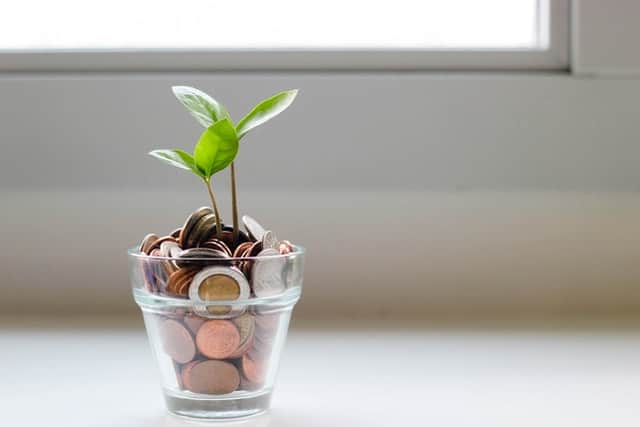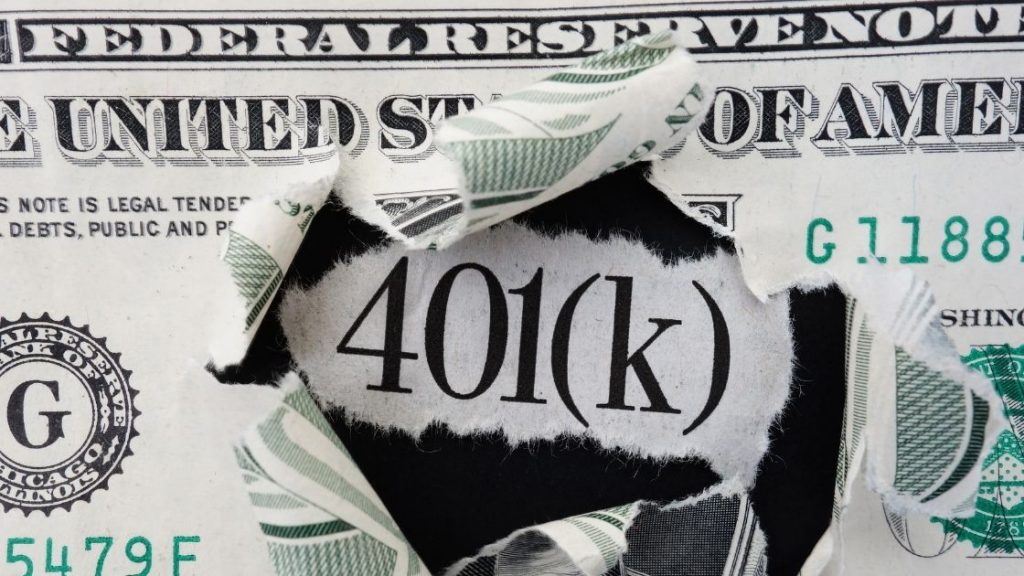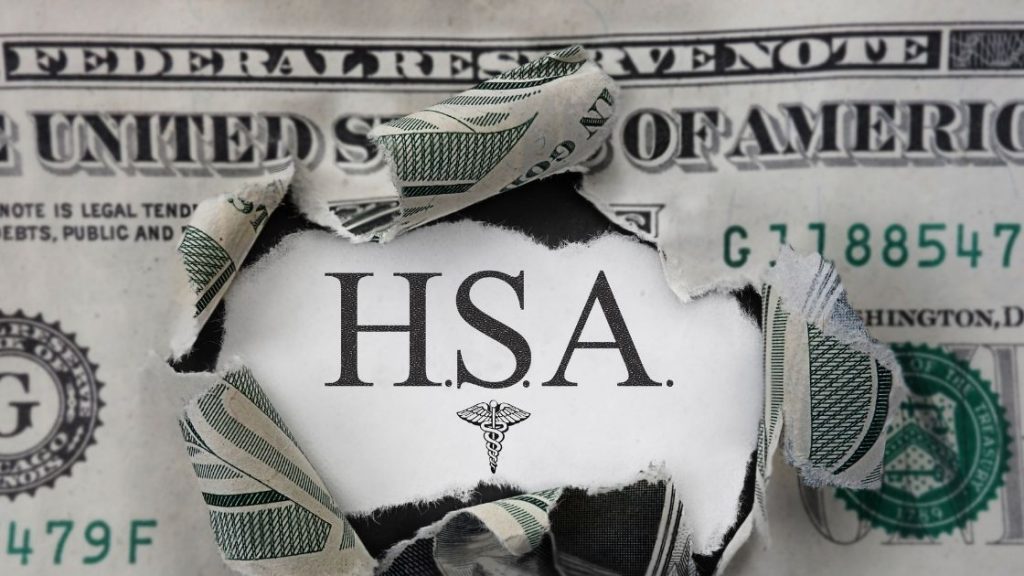I hate budgeting. I always had trouble with it. Keeping track of expenses, curbing my spending, and making sure to pay the bills on time felt like a chore. And who has time for it? Life sometimes just takes over.
To top it all off, finding anything left over at the end of the month was something I almost never experienced.
Until I started doing this one thing: Paying myself first.
I know – it sounds simple and every personal finance guru talks about it – but it simply works.
Once I set aside money that I could not touch and that never hit my checking account, I could spend what was left in my account without guilt or worrying about anything other than making sure my checks didn’t bounce.
I did not need to agonize over how every dollar was spent.
It was completely liberating.
If you hate budgeting or your current budgeting strategy is not working for you, maybe you should give this a try.
With that, let’s dive into this simple strategy for curing your budgeting woes.
This post may contain affiliate links. If you click on a link and complete a transaction, I may make a small commission at no extra cost to you.
What is Paying Yourself First?
Paying yourself first means setting aside a specific amount of money for savings or investment purposes each month before other expenses are paid.
Typically, this is done by automatically transferring a portion of your paycheck or earnings to an account dedicated for this purpose.
How Much Should You Pay Yourself First?
You should pay yourself 20% of your income according to the popular 50/30/20 budgeting rule. If you can pay yourself more, that will improve your financial situation faster. If it’s not realistic to pay yourself 20% first, then start with a smaller amount.
It’s more important to put the savings strategy in place – so use a savings amount that matches your situation and goals. If you are paying off high-interest debt, then you should prioritize that above a high savings rate.
That does not mean that you should save nothing if you are paying off high-interest rate debt. Even a modest amount saved each month can add up over time. I would try for at least $50 per month or 1% of your income if you are tight on money. That’s a little over $1.50 per day. Hopefully, you can spare that.
If not, you may want to look into increasing your income. It doesn’t have to be hard – I put together a list of 15 passive income streams that you can set up with no money. Check out my article to learn more.
Saving some money each month is important, even if it’s just a little. There is a psychological boost to seeing your savings or investments grow. It is something that is entirely yours and no bank or lender has a claim to it.
It can be incredibly gratifying and motivating to see your sacrifices and efforts building up that account balance. It will keep you going when you are feeling discouraged.
What is the Best Method to Paying Yourself First?
The best method to pay yourself first is to automatically transfer the amount you want to save into a separate savings account. You can do this by instructing your employer to direct deposit a part of your paycheck to your savings account. Or you can set up an automatic transfer of money from your checking account to your savings account through your bank’s website or app.
But the question remains: what type of savings account works best? Let’s dive into that.

Pay Into Your 401(k) Up to the Employer Match
What I have found to be the easiest way and best way to pay myself first is to contribute to my 401(k) up to the full employer match. This method is fully automated, fully insulated (meaning the money never hits your checking account), and it’s extremely profitable (you get 100% profit on each dollar that your employer matches). Plus you get awesome tax advantages.
That combination is tough to beat and is my top recommendation if your employer offers it.
Related Reading: If you want to learn more about how to maximize the benefits of your 401(k), check out my article on the topic. It gives seven different methods for maximizing your 401(k), some of which you may not have heard before.
Pay Into Your IRA
If you do not have an employer 401(k) or your 401(k) does not offer a match, you may want to save through an IRA instead. An IRA is an Individual Retirement Account that you can set up outside of work and it offers a number of tax advantages, depending on whether you open up a Roth IRA or a traditional IRA.
You also get way more investment choices through an IRA and the fees that you have to pay on those investments can be much less. Just go with a big brokerage house like Fidelity or Vanguard. They both offer a ton of investments with low expense ratios.
If your goal is to establish a savings account that can also be used to as an emergency fund, I would go with a Roth IRA because you can withdraw the “contributions” portion of your Roth at any time and for any purpose without any penalties or taxes.
If you make too much money, there are income caps that may prevent you from contributing to a Roth IRA, but you can get around them through a back door Roth IRA.
Related Reading: I have a post where I cover this Roth IRA “emergency fund” strategy in detail – check it out here if you are interested.
If you want to learn more about IRAs in general, including the differences between a traditional IRA and Roth IRA, check out this article that I wrote. It covers those differences but also focuses on investing in real estate through your IRA. Pretty interesting read.
Pay Into Your HSA
Another great way to pay yourself first is putting money into a Health Savings Account (HSA). Yes, that’s right an HSA. They can be surprisingly great savings and investment vehicles because of their triple tax advantage.
You can set it up so that a portion of your paycheck is transferred into your HSA account, just like a 401(k) contribution. The trick is to keep the money in the HSA and invest it (and not use it for medical expenses each year). Just pay your medical expenses out of pocket, but keep the receipts on google drive or someplace safe.
That way the money in your HSA grows tax-free and can become a tidy sum when you are ready to retire. But the great thing is you can have access to the money in a pinch because you have saved your receipts. You can essentially trade-in the receipts at any time (even years later) and get reimbursed for them. In other words, your HSA can serve as an emergency fund too.
To learn more about HSAs, check out my in-depth article on HSAs covering what they are, their qualification requirements and contribution limits, how to set one up, how to select an HSA provider, and the pros and cons of using an HSA.
Pay Into a High Yield Savings Account
The options we covered above are great, but if you just want a simple option that is easy to set up and requires nothing to worry about other than getting the money there each month, then a high yield savings account may be the right choice for you.
CIT Bank is an option that you may want to explore. They offer one of the leading high yield savings products on the market, are FDIC-insured, and they make it easy to open an account. If interested, check them out below.
Implementing is Key – Become Addicted to Saving
Regardless of the type of account you use to pay yourself first, the most important thing is that you do it. I have found that when I pay myself first (especially if the payment is taken out before I ever see the money), then you naturally adjust to the amount that you can spend. You don’t miss the money!
And as you start to see your savings escalate, you become addicted to savings and want to grow it faster. So you start to pay yourself more. A great way to do this is to bump up your savings to the exact amount of your raise (if you get one). Or to shift any bonuses you get to your savings account immediately, so you don’t touch it.
Both of these methods will significantly improve your savings without any need for you to cut back on spending.
Over time, you will see your savings grow and if you wisely invest those funds in profitable assets, you will wind up with an enviable nest egg that can secure your financial future.
Conclusion
In the rush of everyday life, you may be busy paying your bills and doing everything else that you need to do, but you should not forget to take care of your future self. I think it’s sad (and simply unacceptable) to pay everyone else and have nothing left over for you.
But that is exactly what happens to many of us who try to stick with a traditional budget.
Get out of that cycle and start paying yourself first. That one decision may be the key to getting you out of your budgeting rut and putting you on the path toward financial success.

